21 Wine
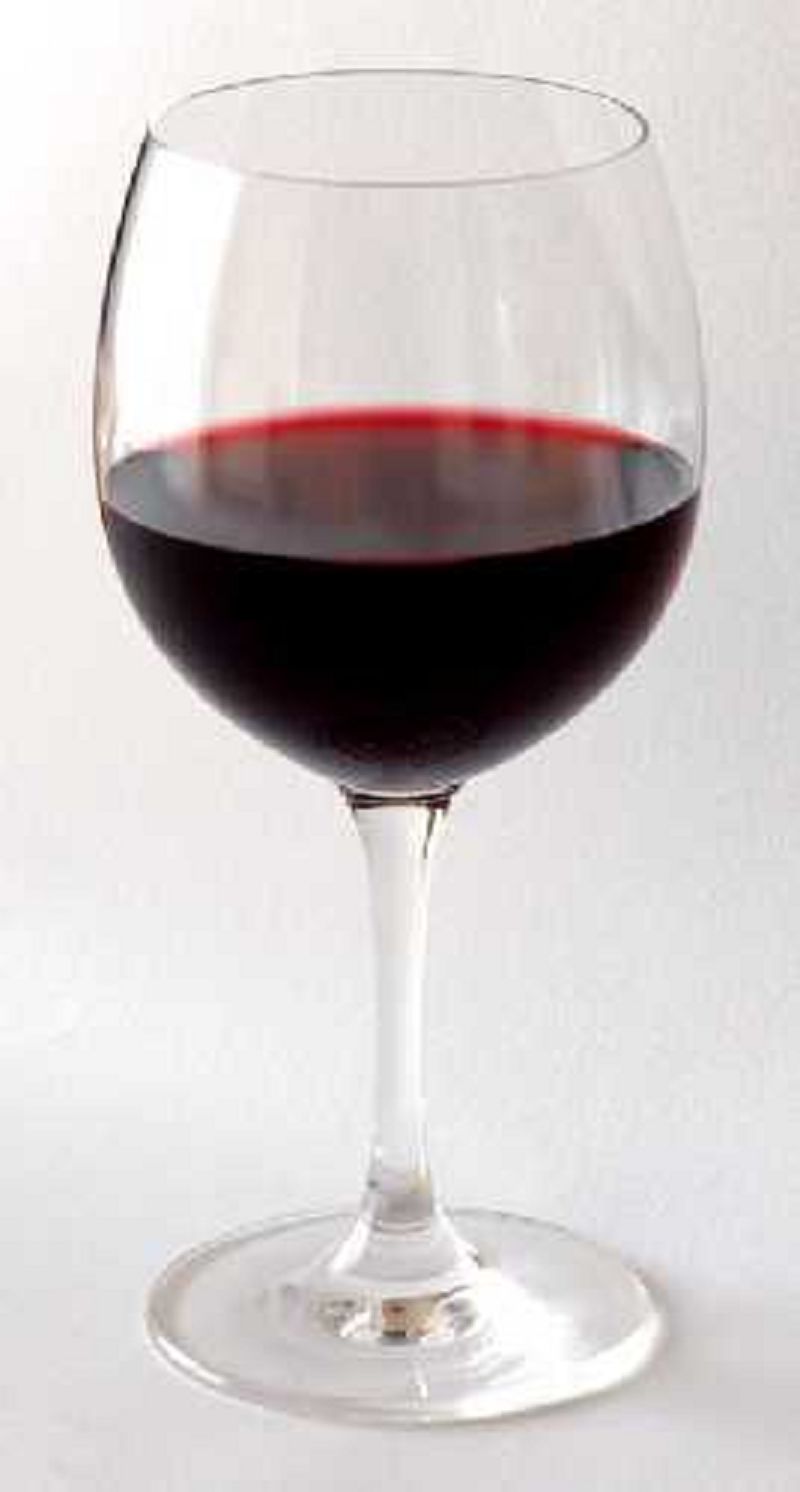


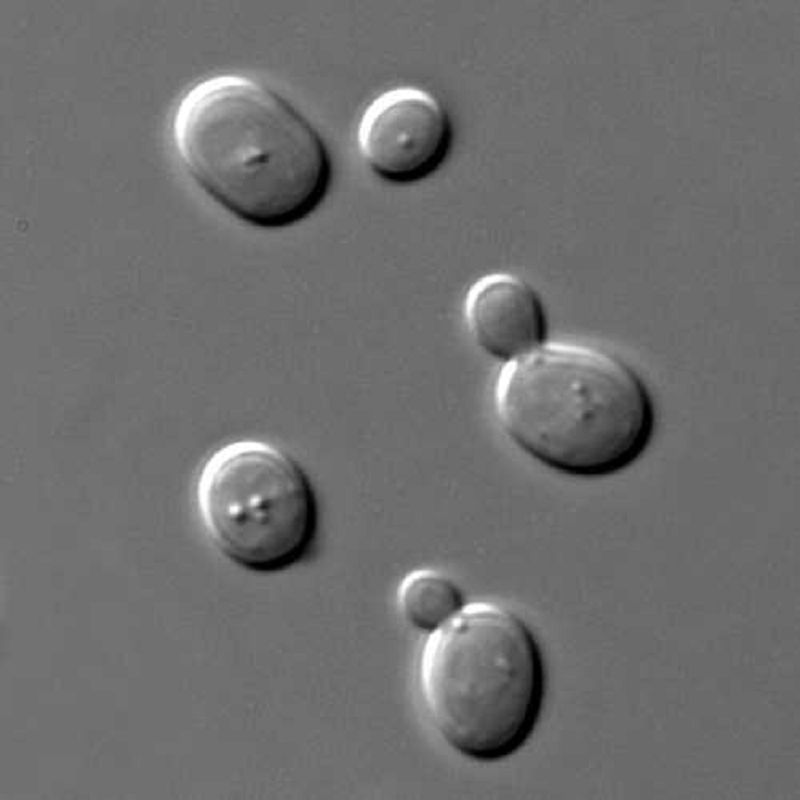



Carbon dioxide is produced by all aerobic organisms when they metabolize carbohydrates and lipids to produce energy by respiration. It is also produced during the alcoholic fermentation of carbohydrates. Carbon dioxide acts as a greenhouse gas in Earth's atmosphere leading to global warming and ocean acidification.

Carbon dioxide is produced by all aerobic organisms when they metabolize carbohydrates and lipids to produce energy by respiration. It is also produced during the alcoholic fermentation of carbohydrates. Carbon dioxide acts as a greenhouse gas in Earth's atmosphere leading to global warming and ocean acidification.


When you rub your moistened finger along the rim of the glass, your finger encounters friction which is reduced by the water on your finger. This motion will cause vibrations in the glass which are transmitted to the surrounding air, creating a sound wave with a specific frequency. At a particular vibration frequency, called the resonant frequency, the sides of the glass vibrate most easily. The resonant frequency and consequently the pitch of the sound depends on the volume of liquid in the glass.

When you rub your moistened finger along the rim of the glass, your finger encounters friction which is reduced by the water on your finger. This motion will cause vibrations in the glass which are transmitted to the surrounding air, creating a sound wave with a specific frequency. At a particular vibration frequency, called the resonant frequency, the sides of the glass vibrate most easily. The resonant frequency and consequently the pitch of the sound depends on the volume of liquid in the glass.


SO2 is added in the process of vinification and is present in the finished wine in the form of sulphites. Sulphites naturally occur in some foods and the human body. They are also regulated food additives used as preservatives. They slow oxidation and knock out harmful bacteria and yeasts. Sulphites may negatively effect the taste of wines and cause allergic reactions.

SO2 is added in the process of vinification and is present in the finished wine in the form of sulphites. Sulphites naturally occur in some foods and the human body. They are also regulated food additives used as preservatives. They slow oxidation and knock out harmful bacteria and yeasts. Sulphites may negatively effect the taste of wines and cause allergic reactions.

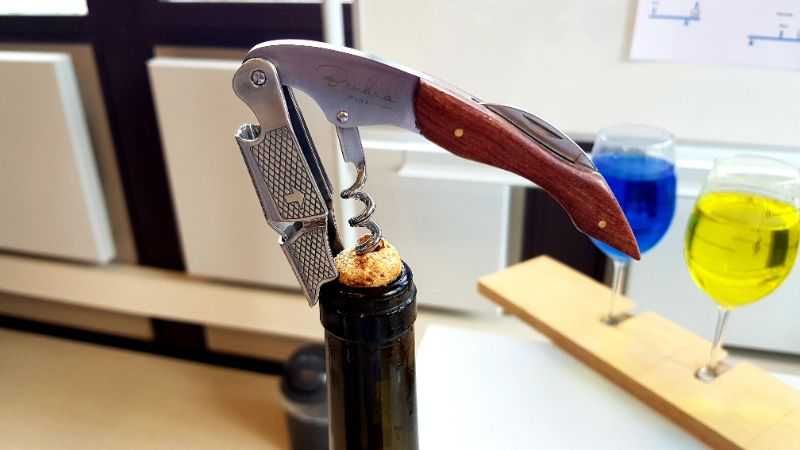


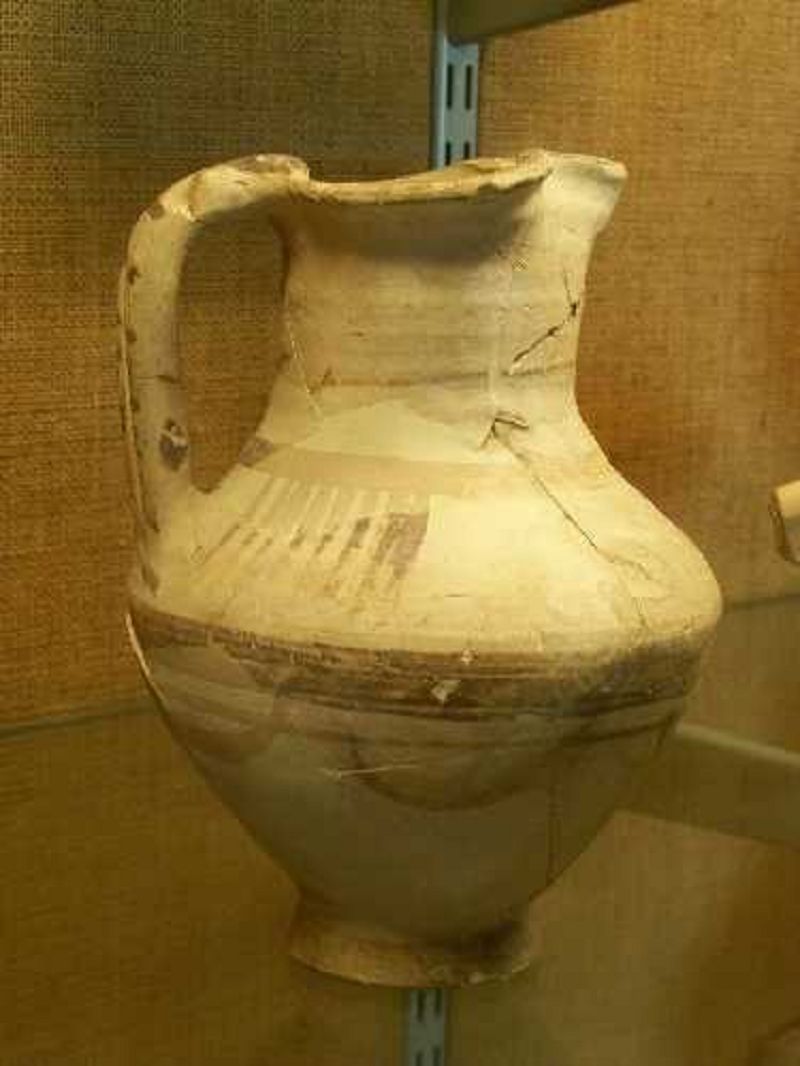
It was in the Neolithic that wild vines, which juice ferments naturally, were domesticated. In ceramics discovered in Iran, terebinth resin was found. This preservative prevented wine from turning into vinegar.

It was in the Neolithic that wild vines, which juice ferments naturally, were domesticated. In ceramics discovered in Iran, terebinth resin was found. This preservative prevented wine from turning into vinegar.

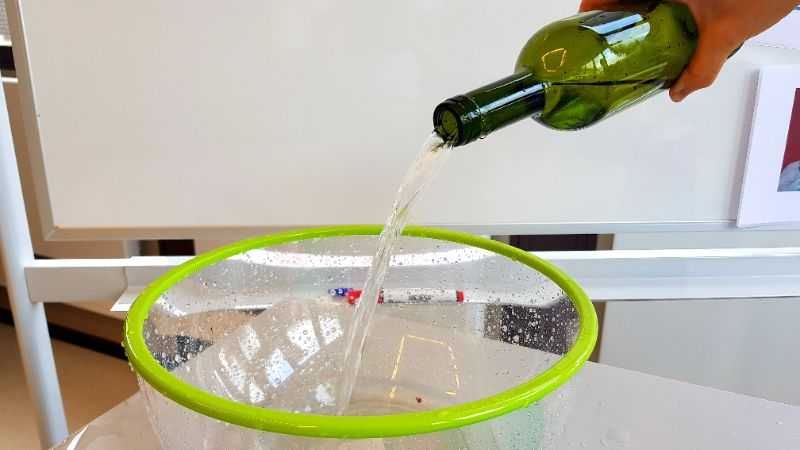
In fluid dynamics, a vortex is a region in a fluid in which the flow revolves around a straight or curved axis line. Vortices are observed in smoke rings, whirlpools, and during tornadoes. In a vortex, the fluid flow velocity is greatest next to its axis and decreases in inverse proportion to the distance from the axis; in contrast, the fluid pressure is lowest next to its axis and increases in inverse proportion to the distance from the axis.

In fluid dynamics, a vortex is a region in a fluid in which the flow revolves around a straight or curved axis line. Vortices are observed in smoke rings, whirlpools, and during tornadoes. In a vortex, the fluid flow velocity is greatest next to its axis and decreases in inverse proportion to the distance from the axis; in contrast, the fluid pressure is lowest next to its axis and increases in inverse proportion to the distance from the axis.

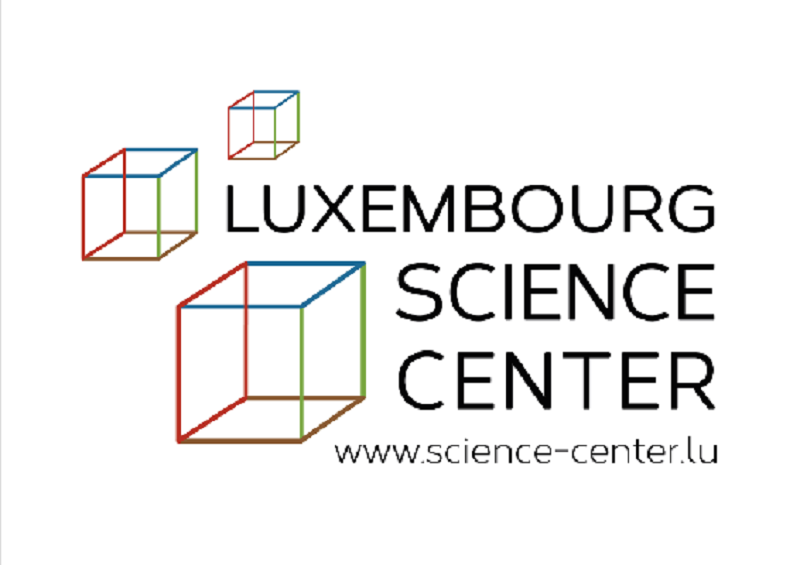
This quiz was written by the Luxembourg Science Center in Differdange. Visit the Centre to learn more about wine and other scientific topics!
This quiz was written by the Luxembourg Science Center in Differdange. Visit the Centre to learn more about wine and other scientific topics!
Before you discover your result, please leave us your e-mail address if you would like to be drawn amongst the highest scorers and thereby win free entrances to the Luxembourg Science Center!